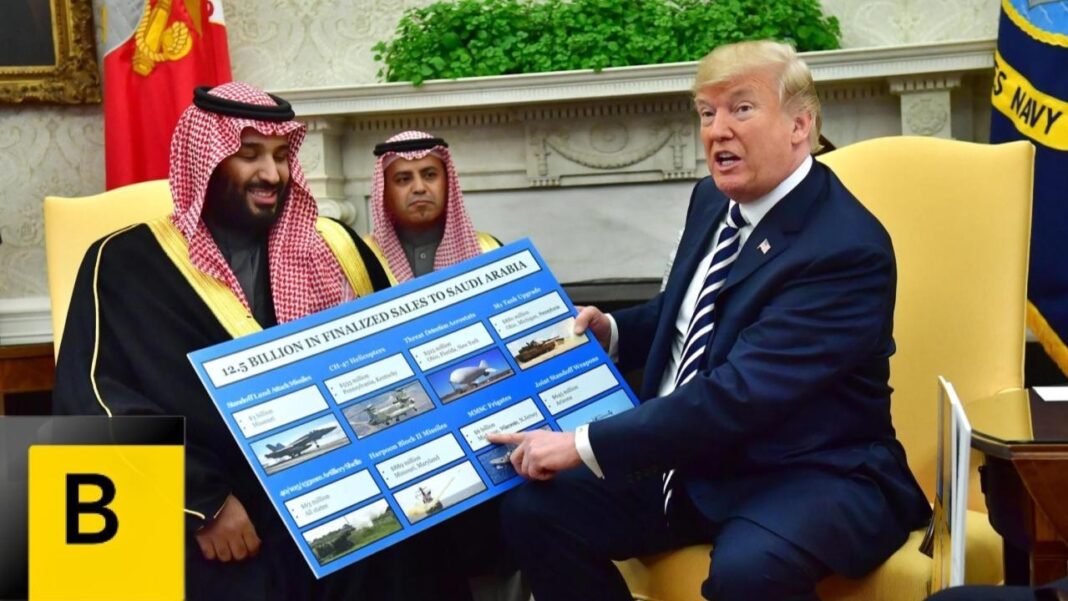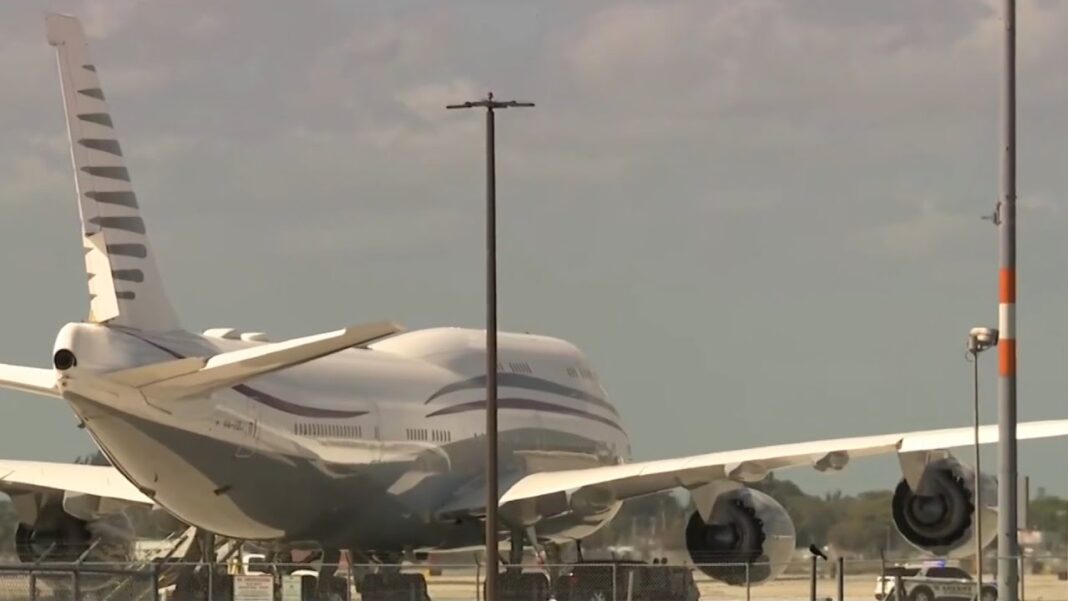The order would see a drop in prescription drug prices of between 30 percent and 80 percent, President Donald Trump said.
President Donald Trump announced on May 11 that he would sign an executive order that he said would reduce prescription drug prices “almost immediately.”
“I am pleased to announce that Tomorrow morning, in the White House, at 9:00 A.M., I will be signing one of the most consequential Executive Orders in our Country’s history,” Trump said in a post on Truth Social.
“Prescription Drug and Pharmaceutical prices will be REDUCED, almost immediately, by 30% to 80%. They will rise throughout the World in order to equalize and, for the first time in many years, bring FAIRNESS TO AMERICA!”
He said this would be achieved by instituting a most favored nation’s policy “whereby the United States will pay the same price as the Nation that pays the lowest price anywhere in the World.”
The benefits of the move will primarily apply to those on Medicare Part B, a federal insurance plan that offers coverage at a monthly premium. The Most Favored Nation Drug Policy requires drugmakers to offer Medicare Part B the lowest price among certain peer nations for a slate of high-cost prescription medications.
Trump was critical of the pharmaceutical industry in the announcement, saying that companies had forced Americans to bear the brunt of research and development costs for years.
“The Pharmaceutical/Drug Companies would say, for years, that it was Research and Development Costs, and that all of these costs were, and would be, for no reason whatsoever, borne by the ‘suckers’ of America, ALONE,” Trump wrote. “Campaign Contributions can do wonders, but not with me, and not with the Republican Party. We are going to do the right thing, something that the Democrats have fought for many years.”
According to a 2024 report from the Department of Health and Human Services, Americans pay higher prices for prescription drugs than people anywhere else in the world—more than twice as much on average. For the most expensive medications, the disparity is even greater.
The executive order reinstates Trump’s 2020 plan, which had similar parameters and was partway through the rule-making process when he left office.
By Joseph Lord and Lawrence Wilson







